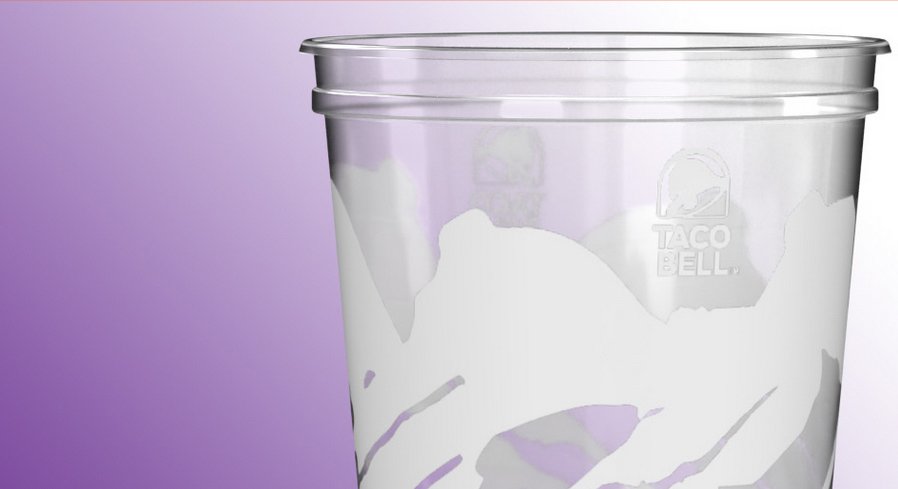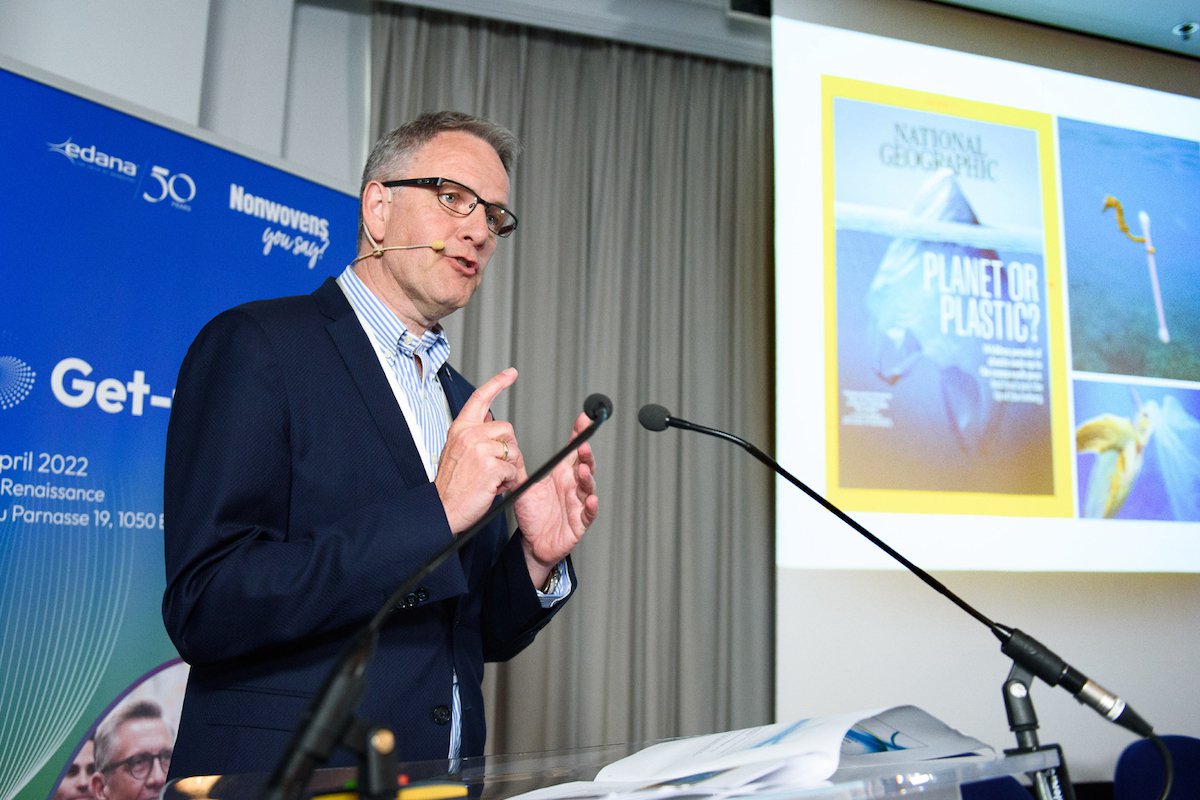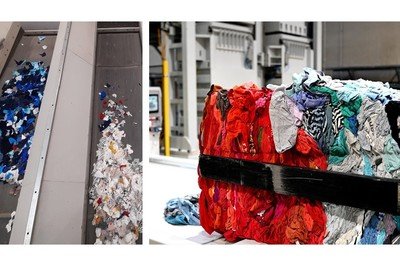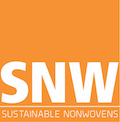
Replacing a paper cup with a plastic one in the drive to reduce greenhouse gas emissions (GHGs) may sound emotively counter-intuitive to many people. Nevertheless, a bold new initiative from Berry Global to do just that is completely rational and backed up by sound LCA data.
It also aligns perfectly with the thinking of Mikael Staal Axelsen, chairman of EDANA and Fibertex Personal Care CEO, who has sensed a change in the attitude of both consumers and legislators to plastics since the start of the Covid-19 pandemic.
“The use of plastic for the production of nonwovens – especially those for absorbent hygiene products (AHPs) – is unavoidable for the foreseeable future,” he said at EDANA’s Nonwovens Get-together in Brussels on April 28th to mark the organisation’s 50th anniversary.
Taco Bell
Berry has teamed with Taco Bell to launch the new plastic cup made from mechanically recycled post-consumer resins (PCR).
Designed for circularity, it will be trialled in select Taco Bell US restaurants in late 2022, with 30-oz cups using 10% recycled, high-density polyethylene (HDPE). This conversion from Taco Bell’s virgin plastic cup and lid set will help divert waste from landfill and incineration while simultaneously improving its carbon footprint through the use of recycled plastic.
The recycled HDPE contains food-grade content from products such as recycled milk jugs. After trialling many options for recycled content, the availability of HDPE coupled with favourable lifecycle assessment (LCA) results led Berry to this latest solution.
“The environmental benefits we anticipate from this pilot are made possible through one of the most innovative substrates available,” said Tom Salmon, Berry Global’s chairman and CEO.
Reshaping Plastics
At EDANA’s event in Brussels, Staal Axelsen cited a new report, Reshaping Plastics by Munich-based Systemiq, which charts an ambitious roadmap for how all plastics could become net zero in greenhouse gas emissions (GHGs) by 2050.
“Embracing the use of plastic and focusing our efforts on reducing consumption and increasing recycling would make the biggest difference, without a doubt,” he said. “We would all like alternatives but have to be realistic – the production of bioplastics is just one per cent of overall plastic production and capacities cannot be expanded fast enough. Not only one solution will work and we need to be open minded in rethinking plastics, but we can make a huge difference if we succeed.”
No silver bullet
There is no “silver bullet” solution to significantly reducing plastic waste disposal and the industry’s GHG emissions, the Systemiq report finds, but upstream and downstream solutions are most effective when deployed together.
The ambitious adoption of circular economy approaches in the plastics value chain – applying upstream and downstream solutions together – can drive significant reductions in GHG emissions and waste disposal in the next decade and beyond. Yet it is still not enough to reach net-zero carbon emissions by 2050.
To achieve this, multiple less mature, innovative technologies and approaches need to be developed and deployed, in addition to proven circular economy levers to further decrease GHG emissions and decouple plastic from fossil fuel feedstocks.
These include the shift to green hydrogen, the use of carbon capture and storage (CCS) technologies to incinerators and steam crackers, shifting to bio-based polymers and electrifying steam crackers, that decrease GHG emissions and tend to decouple plastic from fossil fuel feedstocks.
Leadership
“How close the system comes to transformation will depend on the level of leadership shown by key decision makers across all stakeholder groups,” said Yoni Shiran, program director and partner at Systemiq. “The adoption of circular economy approaches across the plastics value chain can drive a 33% reduction in GHG emissions and a 46% reduction in waste disposal by 2030. It is both affordable and achievable within technical constraints but requires an ambitious combination of both upstream and downstream solutions. A new plastics system is within reach but will require bold action. It needs industry, public sector, investors, and civil society to come out of their “trenches” and collaborate in a deeper way based on a shared fact-base – that was the main objective of our report.”
The transition will not be cheap, of course – Systemiq has made various cost projections pricing it at between $5-6 trillion.
FAST-PETase
Meanwhile, a new enzyme variant that can break down PET polyester in just 24 hours has been developed at the University of Texas in Austin, USA.
FAST-PETase (functional, active, stable and tolerant PETase), was able to complete a circular process of breaking down the PET into smaller parts (depolymerization) and then chemically putting it back together (repolymerization). As such, it has the potential to supercharge recycling on a large scale by allowing major industries to recover and reuse plastics at the molecular level.
Researchers at the Cockrell School of Engineering and College of Natural Sciences used a machine learning model to generate novel mutations to a natural enzyme called PETase that allows bacteria to degrade PET plastics. The model predicts which mutations in these enzymes would accomplish the goal of quickly depolymerizing post-consumer waste plastic at low temperatures.
Through this process, which included studying 51 different post-consumer plastic containers, five different polyester fibres and fabrics and water bottles all made from PET, the researchers proved the effectiveness of the FAST-PETase enzyme.
Reduced energy
Alternative industrial recycling processes include very energy-intensive processes of glycolysis, pyrolysis, and/or methanolysis.
Biological solutions take much less energy. Research on enzymes for plastic recycling has advanced during the past 15 years but until now, no one had been able to figure out how to make enzymes that could operate efficiently at low temperatures to make them both portable and affordable at large industrial scale. FAST-PETase can perform the process at less than 50°C.
“The possibilities to leverage this leading-edge recycling process are endless across industries,” said Professor Hal Alper of the McKetta Department of Chemical Engineering at UT Austin. “Beyond the obvious waste management industry, it also provides corporations from every sector with the opportunity to take a lead in recycling their products. Through these more sustainable enzyme approaches, we can begin to envision a true circular plastics economy. When considering environmental clean-up applications, you need an enzyme that can work in the environment at ambient temperature. This requirement is where our tech has a huge advantage for the future.”










